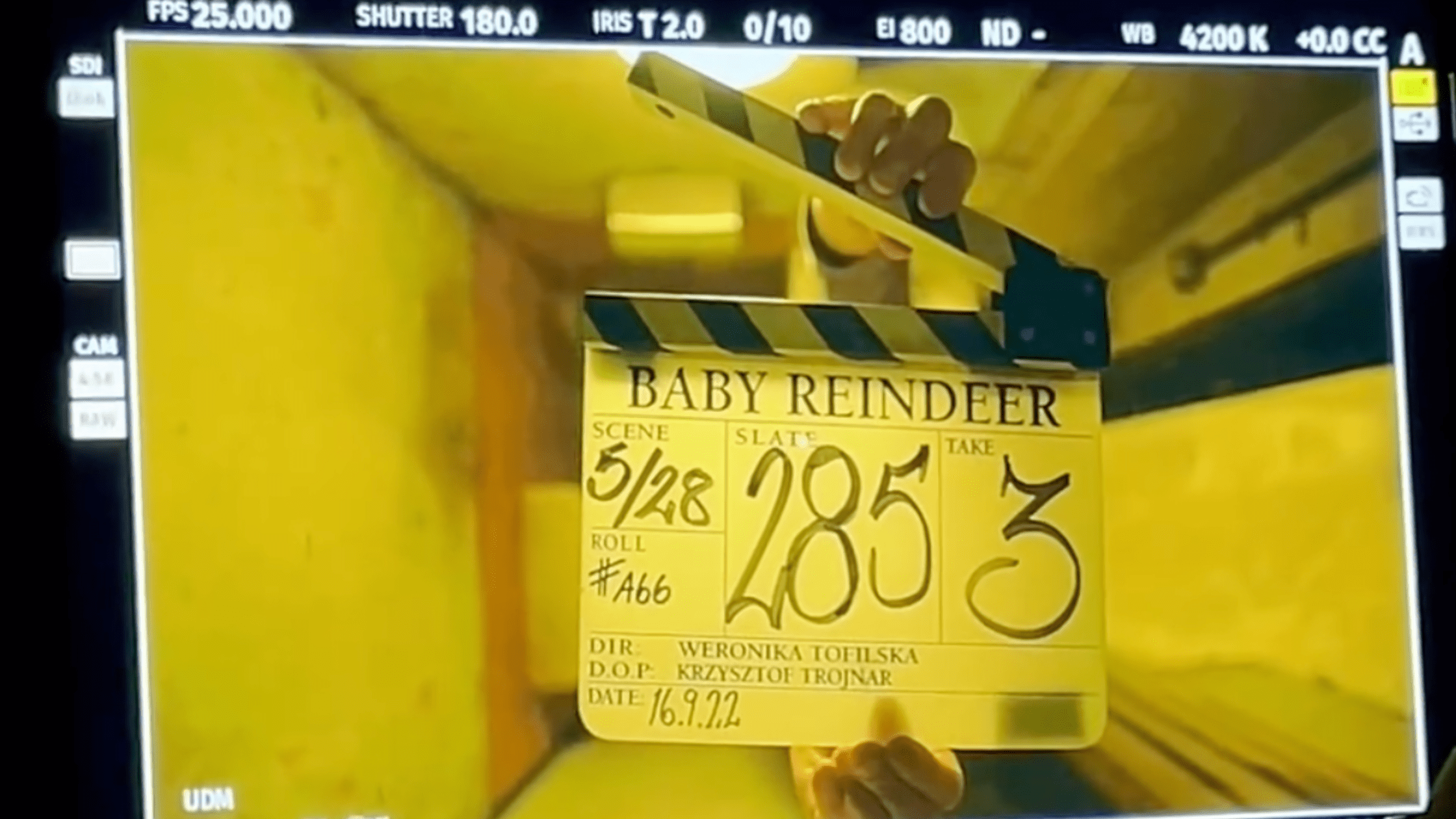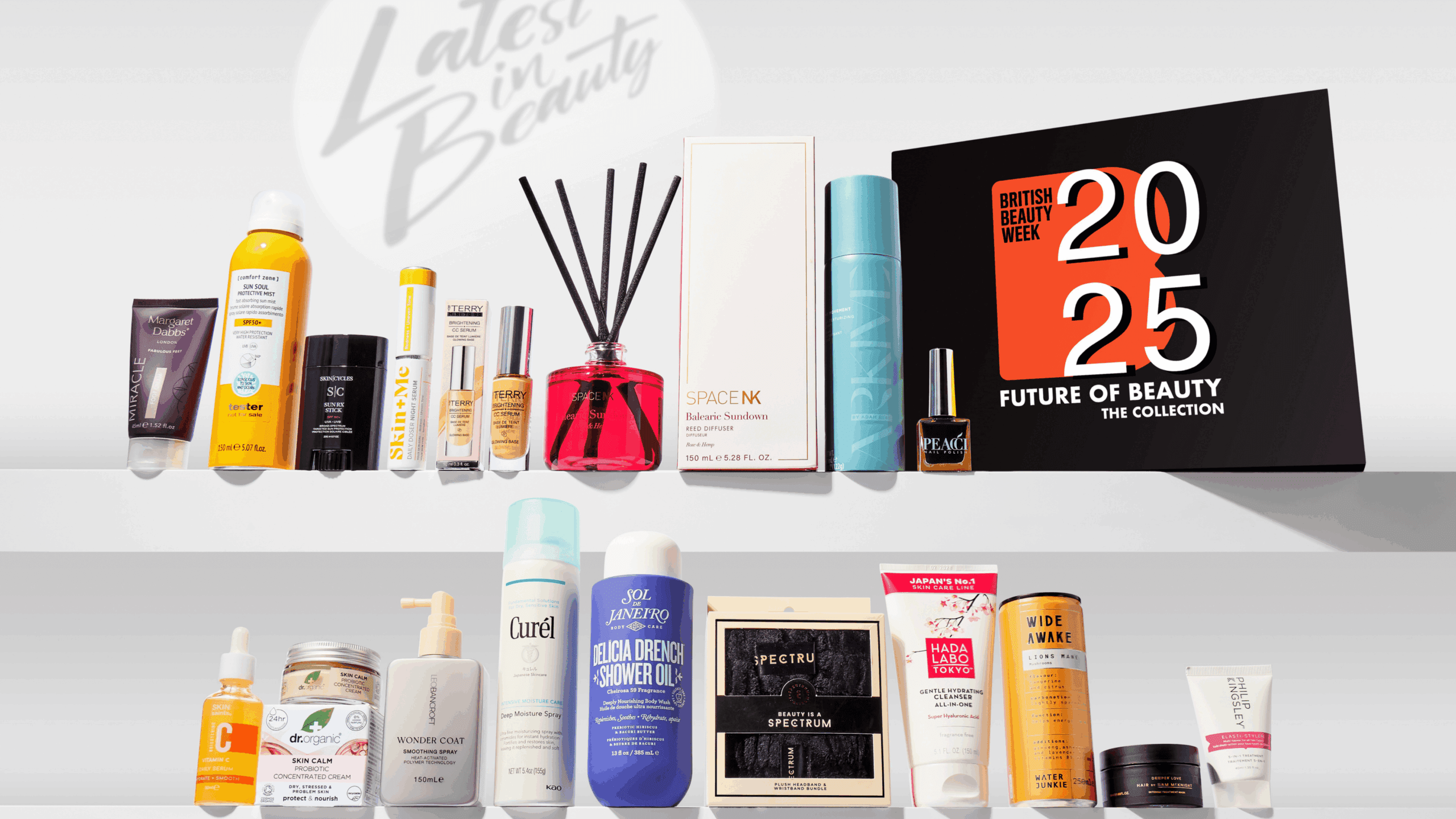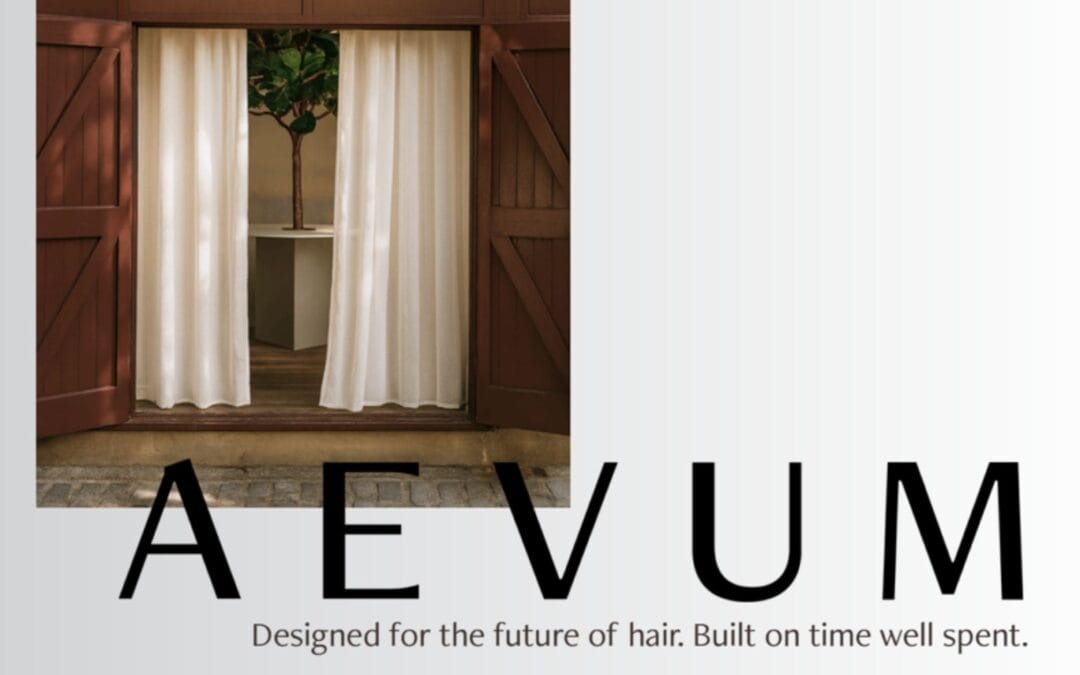Baby Reindeer, Gentleman Jack, Bridgerton, Downton Abbey – just some of the TV series on Fiona Lobo-Cranston’s bill. But, what is it really like working on as a make-up artist on set?
You’ve all heard of the likes of Suranne Jones, Jessica Gunning and Jonathan Bailey but you might not be so clued-up on who makes them fit for the big (and small) screen. Meet Fiona Lobo-Cranston, who has been working on make-up for film and television for more than two decades.
With hair and makeup artists returning to set following recent strikes, we wanted to highlight the unique experiences of a make-up artist on set. Often overlooked or misunderstood as a possible career in beauty, stars can’t complete a shoot without a sprinkling of makeup magic.
Wondering what it’s like working on a hit TV show? Here, Fiona Lobo-Cranston shares what it was like working on Baby Reindeer and other shows.
Fiona, how do you start to brainstorm makeup looks for a series?
I receive the scripts and I read them through three times, each read helps me to build a clear picture in my head. By the second read, I start to mark off any specific looks I need to prepare for – whether that’s an injury or an aging make up.
On the third read I start to break the script down, checking the scenes for specific details and continuity. Donny, in Baby Reindeer, needed to go through many subtle changes to reflect his journey through the story. I used lots of different images and film references throughout my research and knew I had to show a dramatic change during his drug-taking scenes.
How involved are the directors and producers at this stage?
After initial reads, I meet with the directors and producers to find out more about the style and tone of the show, and more importantly, the look of the actors – has anyone been cast already? Do they need wigs, do we need to dye the colour of hair?
With all of this information, I put mood boards together and have another meeting with the director to refine each character and each look.
A big part of make-up for TV is prosthetics, how does this work?
If I need to organise wigs or prosthetics, I start by contacting prosthetic artists who I collaborate with to mould things.
Thinking of Baby Reindeer, we had to create bald patches for the hair pulling scene between Martha and Teri. These pieces had to be specifically designed according to the action. We had to consider where they were being placed, the shape of each piece and how they moved to show Teri’s hair being pulled out on camera.
What does a normal day on set look like for you?
Before heading to set, we do the “Call” at the unit base, where we make up the actors for the day. I then travel with the actors to set to establish the exact look for that scene. On Baby Reindeer I was on set for most days as I needed to make sure the looks that I had set were working with the lighting, etcetera.
I may also have fittings for new characters, so I might go back to do the unit base to establish their looks. I also have to prepare wigs, sfx and timings for the next day’s shoot.
There’s also weekly planning too, we consider whether we need to prepare for big scenes with supporting actors ahead of time and work out our labour requirements and organise extra staff for busy days.
Do you have any advice for a hairdresser or make-up artist looking to break into film and TV?
My top tip is to invest lots of time and energy into specific training for your trade. Also, doing a stint in theatre is hugely beneficial – it helps you to learn period hairstyling, costume, wigs and more. It is a great training ground for learning how to prepare casts quickly and efficiently.
Training schemes are also great, as well as working on a reputable makeup counter. Counters help you gain experience in all skin types and aid in building up your make up kit.
Any final words of wisdom?
The industry is changing. Normally in feature films hair stylists and make-up artists are split. However, as budgets are getting tighter, there is a trend of needing people who can do both. So, you’re on to a winner if you can do both.
You can find out more about lesser-known opportunities in the beauty industry via the British Beauty Council’s Future Talent Programme.




